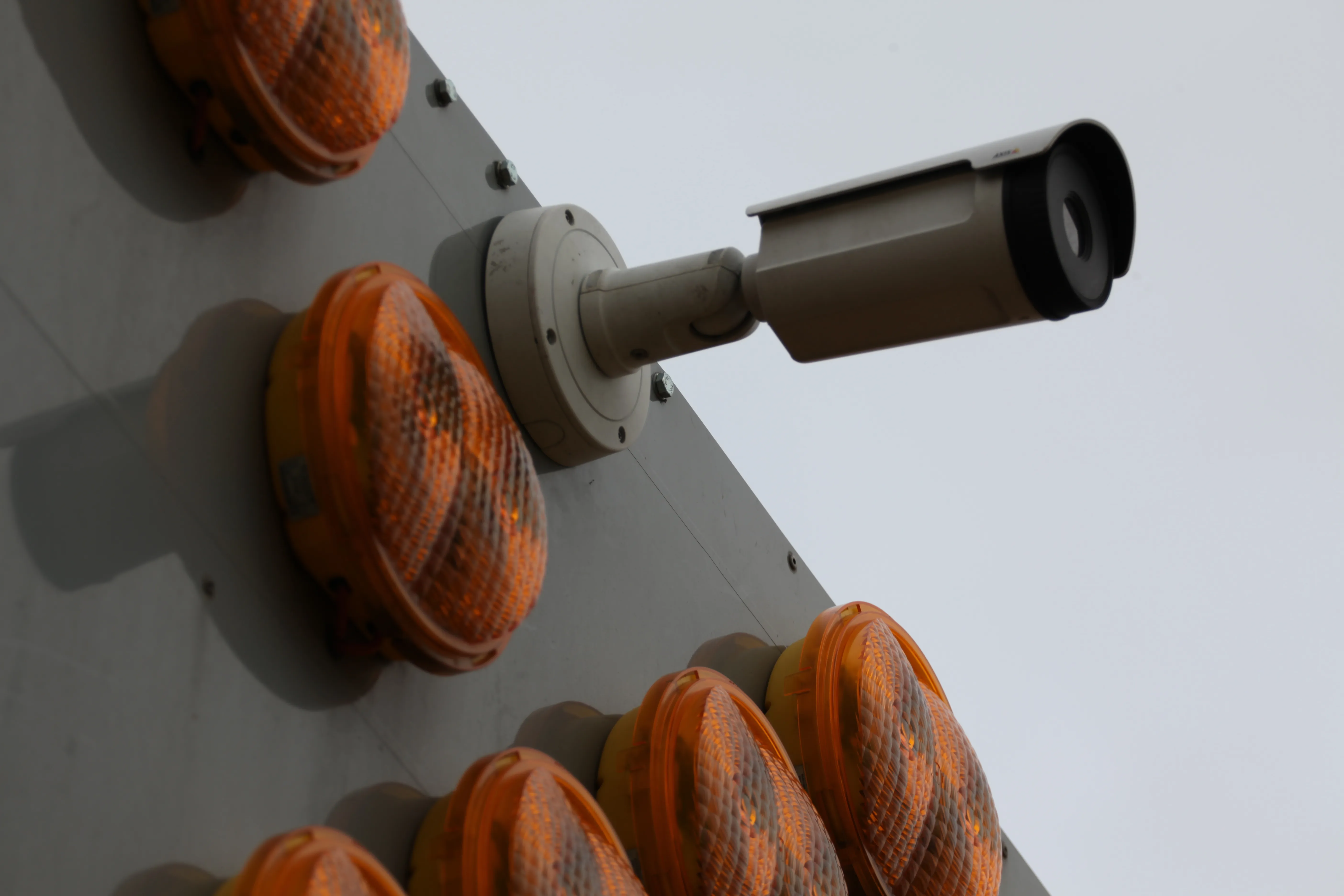The modern automobile offers massive gains in safety over earlier generation vehicles. Occupant protection levels have been improved due to crash testing regimes that have ensured vehicles will not collapse catastrophically in the event of an impact. Braking systems are more effective and reliable, with ABS preventing skidding in wet weather conditions. The prospect of autonomous vehicles in the near future offer further safety gains to come.
But right now, there is a problem. Too much technology is bein
June 5, 2015
Read time: 3 mins

The modern automobile offers massive gains in safety over earlier generation vehicles. Occupant protection levels have been improved due to crash testing regimes that have ensured vehicles will not collapse catastrophically in the event of an impact. Braking systems are more effective and reliable, with ABS preventing skidding in wet weather conditions. The prospect of autonomous vehicles in the near future offer further safety gains to come.
But right now, there is a problem. Too much technology is being packed into cars. The ability to access the Internet or hook up a smartphone to a vehicle poses a major risk. Navigation systems are also a cause of concern, particularly those that require the driver to use touch-screen systems. Wheel-mounted controls are again being fitted by some manufacturers that have realised touch-screen technologies are inappropriate for the driver to use.
In the UK, the5125 Institute of Advanced Motorists (IAM) is aware of the issue and has warned that car manufacturers are building high-tech distractions into their new vehicles. The IAM says that some vehicle interiors are now so comfortable they are effectively living rooms.
Safety is being compromised by the fast pace of technology and the eagerness of car makers to pack more gadgets onto dashboards. The IAM believes that the main areas of concern are sophisticated satellite-navigation and GPS systems, smartphones that mirror tablets and easy connectivity of internet and social media.
But guidelines suggested by the2364 US Department of Transportation and National Highway Transportation Safety Administration (NHTSA) could point the way ahead. These guidelines say drivers should be restricted from using certain non-essential forms of technology while the vehicle is in motion. They also say car makers should not introduce any technological development which takes the driver’s attention off the road for longer than two seconds. And these voluntary guidelines are to be phased in over the next three years to address this large-scale problem in the USA.
The problem is severe and US Federal data figures showed in 2011 that crashes involving a distracted driver killed 3,331 people and injured another 387,000. And for younger drivers the problem is worse. Car crashes are the main cause of death of teenagers, and a quarter of all teen-driving crashes in the US are attributed to distracted driving. Unless new rules similar to those proposed by the NHTSA are introduced internationally, the recent gains made in many countries on road safety could well be reversed.
But right now, there is a problem. Too much technology is being packed into cars. The ability to access the Internet or hook up a smartphone to a vehicle poses a major risk. Navigation systems are also a cause of concern, particularly those that require the driver to use touch-screen systems. Wheel-mounted controls are again being fitted by some manufacturers that have realised touch-screen technologies are inappropriate for the driver to use.
In the UK, the
Safety is being compromised by the fast pace of technology and the eagerness of car makers to pack more gadgets onto dashboards. The IAM believes that the main areas of concern are sophisticated satellite-navigation and GPS systems, smartphones that mirror tablets and easy connectivity of internet and social media.
But guidelines suggested by the
The problem is severe and US Federal data figures showed in 2011 that crashes involving a distracted driver killed 3,331 people and injured another 387,000. And for younger drivers the problem is worse. Car crashes are the main cause of death of teenagers, and a quarter of all teen-driving crashes in the US are attributed to distracted driving. Unless new rules similar to those proposed by the NHTSA are introduced internationally, the recent gains made in many countries on road safety could well be reversed.






